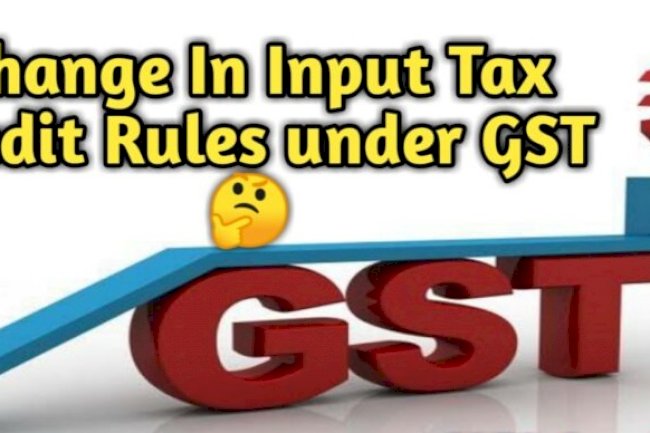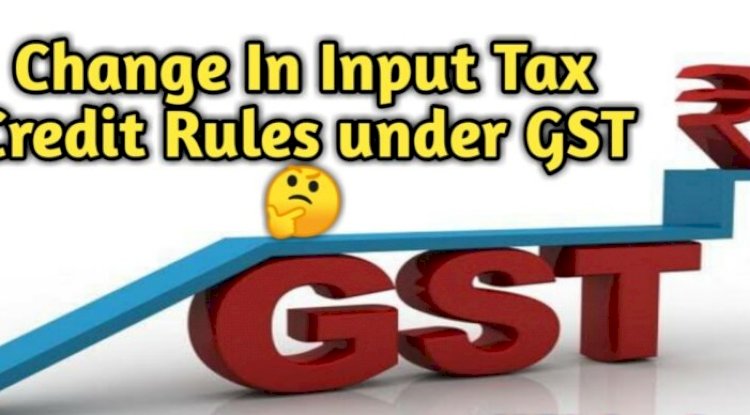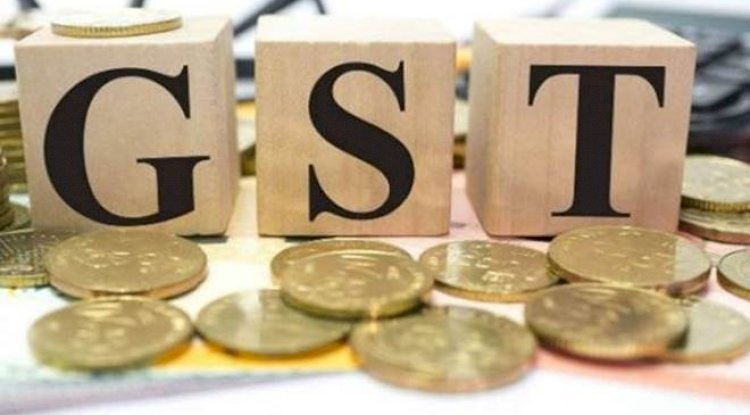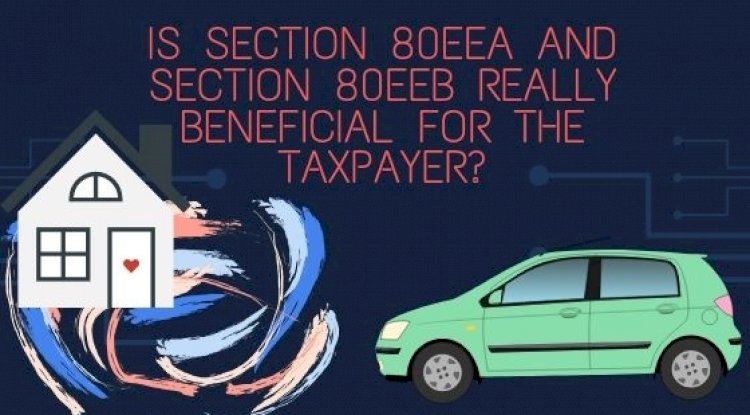Impact on purchase of capital goods under GST
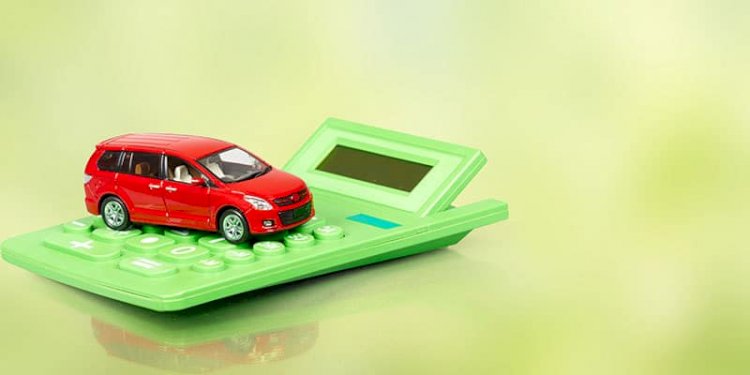
Meaning of Capital Goods
According to section 2(19) of the CGST Act Capital Goods means goods,
the value of which is capitalised in the books of account of the person claiming the input tax credit and which are used or intended to be used in the course or furtherance of business.
Input Tax Credit on Capital Goods
To avail input tax credit for the Capital Goods the following conditions,
in addition to conditions as stated under section 16(2) of the CGST Act, are to be fulfilled.
- The Capital Goods has been capitalised in books of account of the person and
- The Capital Goods are used or intended to be used in the course or furtherance of business.
- The conditions as stated under section 16(2) of the CGST Act are as under:
The registered person is in possession of Tax Invoice;
(a) The registered person has received Capital Goods;
(b)The tax charged on such capital goods has been paid and
(c )The GST Return has been filed in regard of such of Capital Goods
- The further condition as stated in section 16(3) is that where the registered person has claimed depreciation on the tax component of the cost of capital goods and plant and machinery under the provisions of the Income-tax Act, 1961 (43 of 1961), the input tax credit on the said tax component shall not be allowed
- Blocked Input Tax Credit – Input Tax Credit is blocked on Motor Vehicles, Vessels and Aircrafts subject to exceptions as per section 17(5) of the CGST Act
- Total amount of Input Tax Credit is allowed on purchase of capital goods. It is not like with provisions of VAT, Service Tax etc. where input Tax Credit was allowed in instalments year wise.
Input Tax Credit not allowed on Capital Goods
The Input Tax Credit is not allowed on Capital Goods on following circumstances:
- If the Capital Goods are not capitalized in the books of account.
- If the Capital Goods are purchased for non business purpose.
- If the Capital Goods are purchased to be used exclusively for exempt supply.
Circumstances when availed Input Tax Credit against Capital Goods shall be paid.
The Registered Person shall have to pay input tax credit against availed input tax against purchase of Capital Goods in following cases:
- When the Registered Person shifts from regular registration to Composition Scheme and
- When the Registered Person gets his registration cancelled.
We can understand, how much amount shall be payable,
through following example,
Useful Life of the Capital Goods is 5 years.
Capital goods have been in use for 4 years, 6 month and 15 days.
The useful remaining life in months= 5 months ignoring a part of the month
Input tax credit taken on such capital goods= C
Input tax credit attributable to remaining useful life= C multiplied by 5/60
Thus if the registered person availed input tax credit of Rs.18000/= then for remaining life of 5 months he shall have to pay Rs.1500/= ( 18000*5/60 ).
Reversal of Input Tax Credit as required under Rule 43(1) of the CGST Act
- When the capital goods being partly used for taxable supply and partly used for exempted supply in that case input tax credit on such capital goods shall be reversed as much as it ( common input tax credit ) attributable to the exempted supply. We can understand this with following example:
|
Common Input Tax Credit of Capital Goods |
A |
|
Total of Common Input Tax Credit of A |
Tc |
|
Useful Life of Capital Goods |
60 months |
|
Input Tax Credit attributable to a tax period |
Tm |
|
Calculation of Tm |
Tm = Tc/60 |
|
Input Tax Credit on all common capital goods i.e. total of Tm |
Tr = Tm+Tm+Tm+……… |
|
Amount of common credit attributable towards the exempted supply |
Te |
|
Calculation of Te |
( E/F ) * Tr |
Where
E = the aggregate value of exempt supply made during the tax period and
F = the total turnover in the state of the registered person during the tax period
|
S. No. |
Tax |
Total |
Exempted supply (E) |
Opening Tr |
Addition of Tm |
Closing Tr |
Te |
|
1 |
Jul |
100000 |
10000 |
6000 |
0 |
6000 |
600 |
|
2 |
Aug |
120000 |
25000 |
6000 |
500 |
6500 |
1354 |
|
3 |
Sep |
No Turnover |
No Turnover |
6500 |
0 |
6500 |
1354 |
|
4 |
Oct |
200000 |
50000 |
6500 |
0 |
6500 |
1625 |
If there is no turnover during any tax period, reversal of input tax credit be taken as per previous tax period.
It is also informed about interest to be added to the amount of (Te). Rule 43(1)(h) of the CGST Act in this regard is reproduced
“the amount Te along with the applicable interest shall, during every tax period of the useful life of the concerned capital goods, be added to the output tax liability of the person making such claim of credit.”
Change in use of Capital Goods
If the Capital Goods had been purchased for initially used for making taxable supply but later on the same Capital Goods was used for making both taxable and exempt supply and likewise if the Capital Goods had been purchased for initially used for making exempt supply but later on the same Capital Goods was used for making both taxable and exempt supply then how the reversal of input tax credit be done as per rule 43, is explained as under:
In both cases we shall have to calculate value of A (common input tax credit) out of input tax credit paid and, availed or not availed, at the time of purchase.
The value of ‘A’ shall be arrived at by reducing the input tax at the rate of five percentage points for every quarter or part thereof.
In second case the input tax credit was not availed at the time of purchase, the value of A shall be credited to the Electronic Credit Ledger also.
The example for this matter is that the person purchased capital goods in the month of July 2018 for Rs.100000/= to be used for making taxable supply and availed input tax credit of Rs.18000/= in the month of July 2018. In the month of Feb 2019 he has started use this capital goods for both taxable and exempt supply. Here he used capital goods for taxable supply from July 2018 to Jan 2019 for two and part of the third quarter. The provisions of Rule 43 say that “The value of ‘A’ shall be arrived at by reducing the input tax at the rate of five percentage points for every quarter or part thereof.”Thus value of A in this case shall be 15300/=18000 –{ (18000 * 5%) * 3 }
After determined the value of A further calculations shall be done on same formula as stated above to calculate Tc, Tm, Tr and Te.
For any clarification, suggestion and rectification in regard of this write up you may email at pkmgstupdate@gmail.com
Taxability of Real Estate Transactions under GST
|
Particulars |
Applicability |
Rate of Tax |
Input Tax Credit |
|
On ready-to-move (RTM) properties for which completion certificates are issued |
Not applicable – Because Sale of building is treated as activity or transaction which shall be treated neither as a supply of good nor a supply of service as per SCHEDULE III of CGST Act,2017 |
– |
Not available |
|
On Under Construction Properties (For Homes Purchased Under Credit-Linked Subsidy Scheme) |
Applicable as supply of services as per Schedule I of CGST Act, 2017 |
8%* |
Available |
|
On Under Construction Properties (Other than above) |
Applicable as supply of services as per Schedule I of CGST Act, 2017 |
12% |
Available |
|
On resale properties |
Not applicable |
– |
Not available |
|
On Land purchase and sale |
Not applicable. As per Schedule III, sale of land is neither supply of goods nor services. |
– |
Not available |
|
Works contract |
Applicable |
18% |
Available |
|
Composite supply of works contract |
Applicable |
18% |
Available |
|
Composite supply of works Contract to Government Authorities |
Applicable |
12% |
Available |
|
Composite supply of works contract – for use by general public |
Applicable |
12% |
Available |
|
Composite supply of works contract – Affordable Housing |
Applicable |
12% |
Available |
* NOTE: The homes purchased under the Credit-Linked Subsidy Scheme (CLSS) attracts 12% GST rate. The applicable rate will be 8% after cutting the 1/3rd amount towards the cost of land.
Impact on Buyers
Under GST, a single tax rate of 12% is applicable on properties under construction while GST is not applicable on completed or ready to sale properties.
Hence buyers will benefit from reduction of prices under GST.
In the short-term, buyers may stick to “wait and watch” approach to gain more understanding on the impact of GST on property prices and defer buying decision.
Also, in the long term, GST will a positive impact on buyers if the benefit of input tax credit received by the developer is passed on to the buyer.
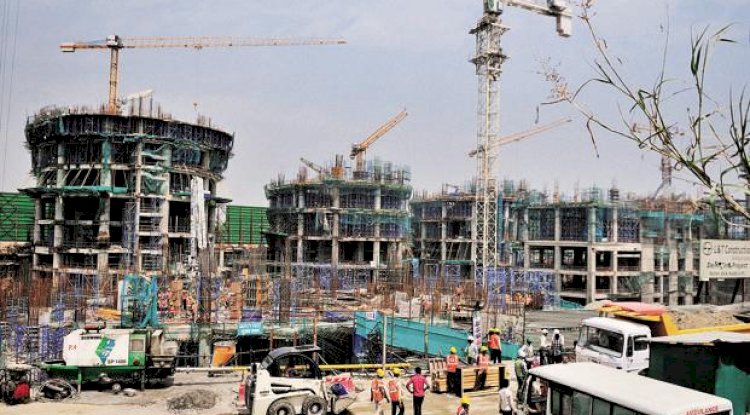
Impact on Developers / Builders / Contractors
Under GST, developers’ construction costs are significantly reduced as multiple taxes are subsumed and due to the availability of input tax credit.
Also, reduction in cost of logistics will be an added benefit. Hence developers may see improvement in margins.
On the downside, developers have to do multiple calculations to arrive at ITC in order to pass it on to the buyers.
Hence, they can pass on the ITC only during the final stages.
This lack of transparency on ITC, may affect the developers since buyers may resort to “wait and watch” approach and defer buying decision.
And, in the erstwhile laws, a large portion of expenditure remained unrecorded in the books. Under GST, availability of credit on inputs and cloud storage of invoicing has reduced under recording of expenditure.
Impact on other Stakeholders
The impact on the allied services like labor, material suppliers, service suppliers etc. depends on the increase or decrease in the tax levied on these goods and services. This will have a consequential impact on real estate industry as a whole.
For example,
earlier cement was taxed at an effective rate of 27-31 percent which will now be taxed at 18 percent. Increase in cement prices will result in consequential increase in the overall cost of construction.
GST Rates for some of the goods relating to the construction industry are given below:
|
Product |
Rate of GST |
|
Sand |
5% |
|
Sand & Fly ash Bricks |
12% |
|
Steel |
18% |
|
Paints |
18% |
|
Marble and granite |
28% |
|
Cement |
18% |
Restriction on ITC
Input tax credit is not available on supplies received for construction of an immovable property on his own account other than plant and machinery
NOTE: The word “construction” includes reconstruction, renovation, additions or alterations or repairs to the extent of capitalization to the said immovable property.
Example 1: If the cost incurred for the change of interiors of service apartment is added to the cost of immovable property (in this case, service apartment) then it forms part of the cost of Service apartment (immovable property) and accordingly input tax credit is not available for the taxes paid on change of interiors of service apartment.
Example 2: Mantri Developers constructs a building for its branch office. In this case, ITC is not available.
Example 3: L&T constructs a hydraulic machine used for construction of its branch office. In this case, ITC is available.
Applicability of Stamp Duty
For the limited purpose of calculating the GST,
stamp duty and registration charges are excluded.
Stamp duty will continue to be applicable on both completed properties and under-construction properties as was the case with pre-GST regime.
What's Your Reaction?








